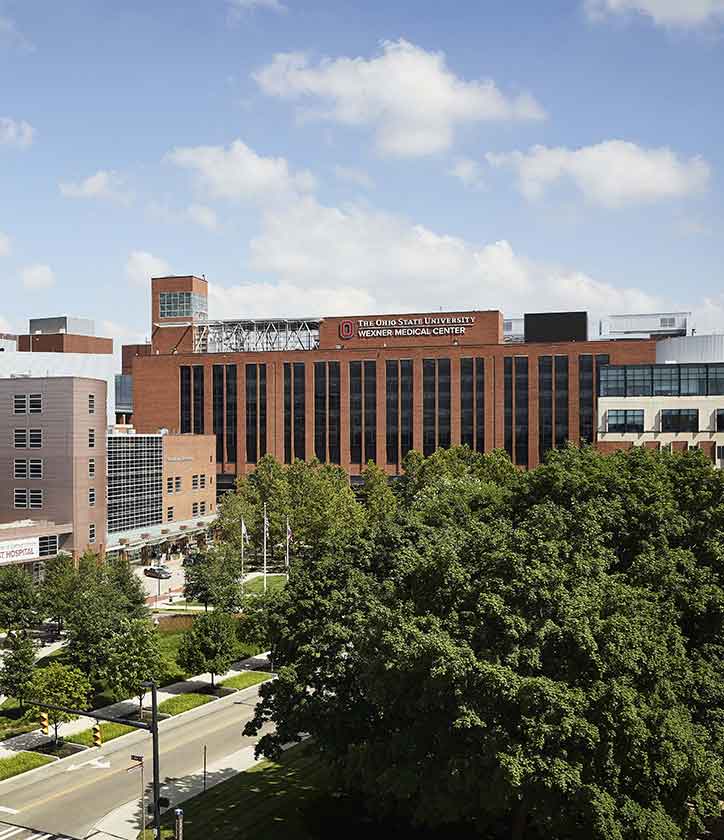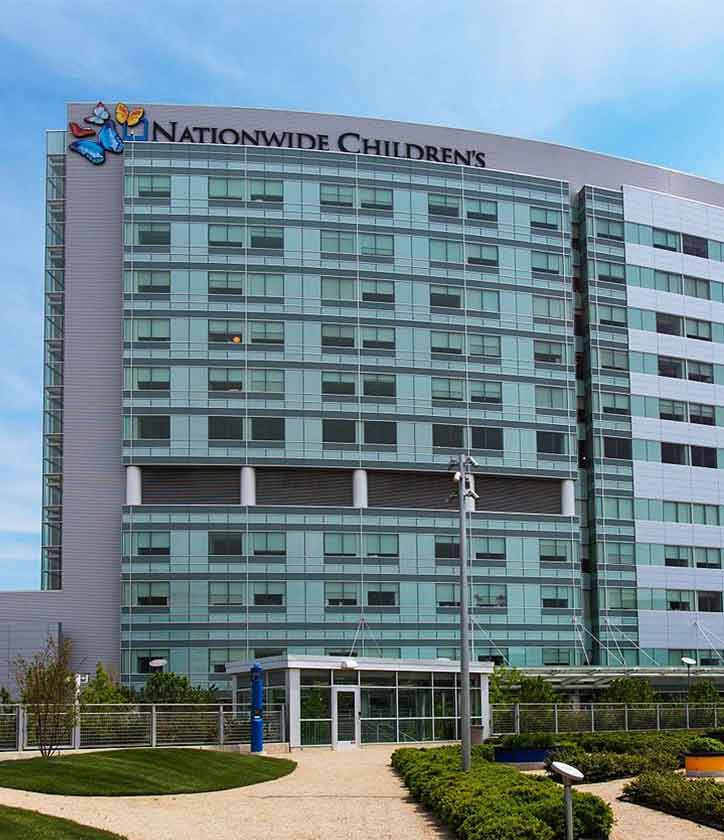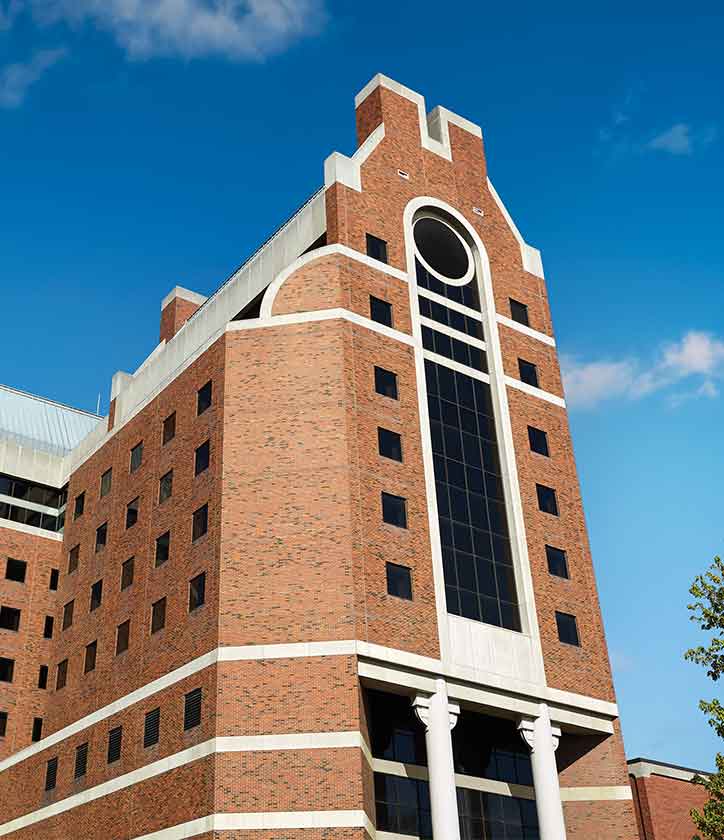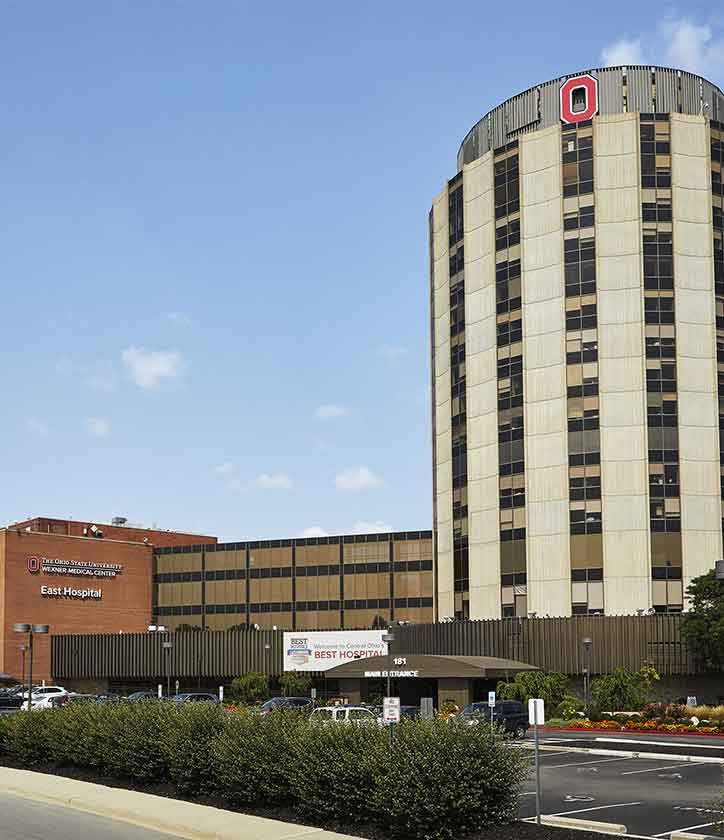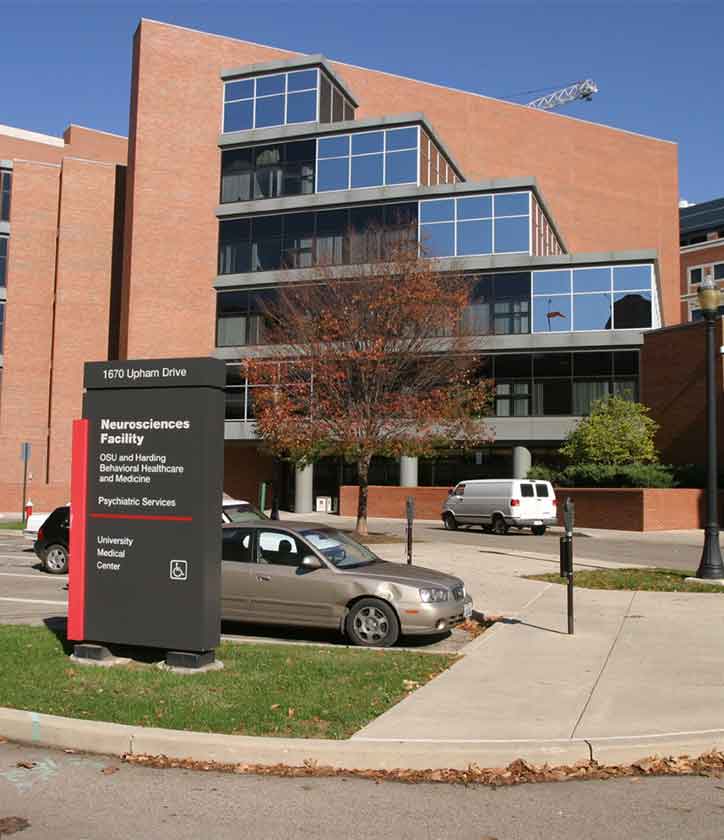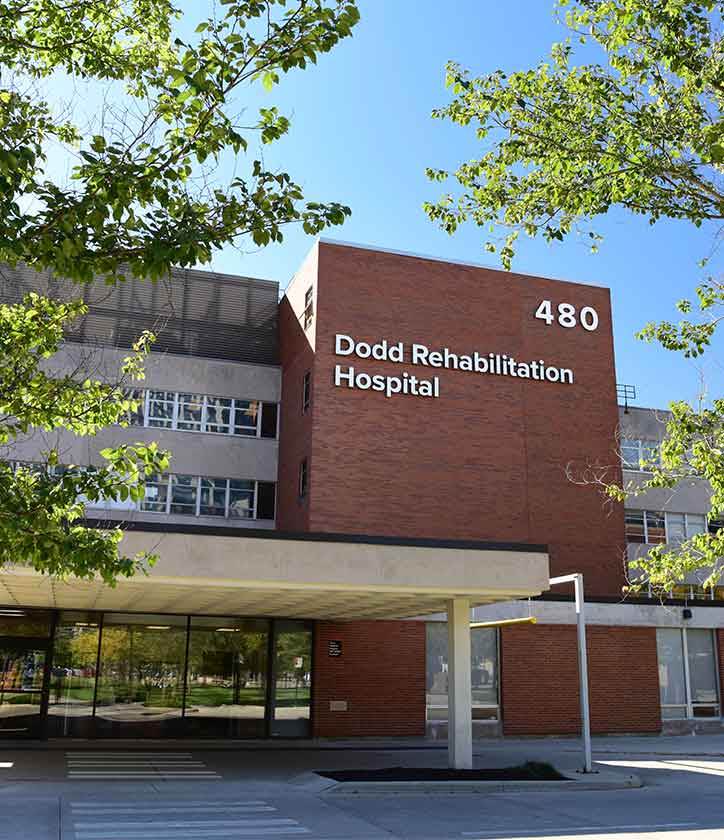Our Structure
Foundational Knowledge
Anatomy is integrated throughout the curriculum so students acquire regional anatomy knowledge associated with the foundational science concepts they are learning. Competency-based assessment allows students to master concepts before moving on to the next component.
Early in the first year to year-and-a-half of the curriculum, Ohio State medical students begin learning about various body system disorders, including bone and muscle, neurological, cardiopulmonary, gastrointestinal, renal, endocrine and reproductive disorders, and begin seeing patients with these disorders in clinical practice. This type of longitudinal practice reinforces understanding of the foundational concepts while integrating procedure-based training, history taking and physician examination.
Case discussions held in small learning groups also help to integrate core foundational concepts into clinical reasons, patient care and patient management.
Emphasis is placed on how future physicians will work in complex systems of care and advocate for their patients within those systems. Students will be providing care in the field early in their studies, and will be expected to think critically and assertively pose scientific-based inquiries during classroom and clinical experiences. Faculty guided self-assessment and reflection dovetails with critical thinking and is another tenet of LSI.
Longitudinal Projects
Throughout the curriculum, students participate in a variety of longitudinal projects, including community health education with patients, patient safety studies, understanding health systems and interdisciplinary problem-solving.
Students typically work on projects at a clinical site in groups of four to six. Projects are guided by practicing physicians who work with students to assess the needs of their patients, implement an intervention and assess the outcomes. Student teams conclude by creating a project poster to present at the college’s annual Community Health Day event.
Clinical Applications
Progressing through the curriculum, students gain an understanding of patients with specialized medical needs, reproductive and surgical needs and those within special, vulnerable populations, such as victims of abuse, addiction, poverty and low literacy.
Advanced clinical tracks allow students to experience the full spectrum of clinical application through interdepartmental rotations in specialty areas, and ensure that students are ready for the transition to internship. Advanced competency electives are elective experiences that offer enhanced curricular content to students during the final year of the curriculum. Typically, interdisciplinary and generalizable to multiple practice areas, they often encompass both clinical and nonclinical activities.
Assessment and Evaluation
The curriculum employs an evaluation system facilitating student self-assessment and individualized education plans. Evaluation is competency-based and uses multiple domains to measure progress toward mastery. Students see their progress along the way by receiving immediate feedback.
At the end of each major section of the curriculum, an assessment week gives students the opportunity to receive feedback on their cumulative performance in each of the six core competency domains of the curriculum. For example, patient care and communication skills are assessed through the Objective Structured Clinical Examination (OSCE) and lab practical stations. Medical knowledge is assessed by board-style examinations, as well as by application in some OSCE settings. Students then have time to use feedback from the assessment week to reflect on performance and to meet individually with a portfolio coach to formulate and refine a plan for self-improvement and professional development.
Competency-Based Learning
As students progress through the program, they will be expected to meet certain competencies along the way. These competencies are tasks or responsibilities that students, as future physicians, will be entrusted to perform unsupervised.
The ePortfolio – Charting Professional Growth
Students in the LSI curriculum will receive an account for a web-based education ePortfolio. The ePortfolio allows students to post written reflections on their educational experiences and performance or other topics of choice, with the aim of charting their improved performance and achievements and establishing patterns of lifelong reflective practice and self-directed learning. Students share their portfolios in meetings with a faculty coach, who acts as a mentor and guide throughout the medical school program, and provides feedback on the student's ability to reflect on his or her experiences and assist in establishing goals and plans for the student's next steps.
Research Opportunities
Ohio State’s Medical Student Research Program connects medical students with basic, clinical and translational research opportunities, faculty research mentors and research funding opportunities. Intramural scholarships are available to medical students through the college. Extramural fellowships are available from institutions such as the Howard Hughes Medical Institute, National Institutes of Health, Alpha Omega Alpha, Sarnoff Cardiovascular Research Foundation and many other scientific, specialty and disease-specific foundations. Students are encouraged to find a research mentor and apply to multiple funding sources to maximize funding opportunities.
View research opportunities
Community Health Education Project
As part of the Ohio State
Lead.Serve.Inspire curriculum, students complete a yearlong community health education project, with the objective of improving the health of a specific underserved population in a clinic or agency in the greater central Ohio community. The project will introduce you to population-based medicine and allow you to identify the needs of the population with which you are working and, in some cases, to develop, implement and evaluate a program for that particular population. Current local project sites include the Columbus Neighborhood Health Center, Lung Health Clinic, Helping Hands Health and Wellness Center, Moms2B, Physicians CareConnection, Clintonville Community Resource Center, Central Community House, St. Stephen’s House, YMCAEast, King Arts Complex, Fort Hayes Metropolitan Education Center, Columbus Free Clinic, Family AIDS Clinic and more.
Learn more about community service opportunities

